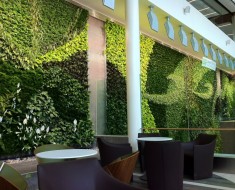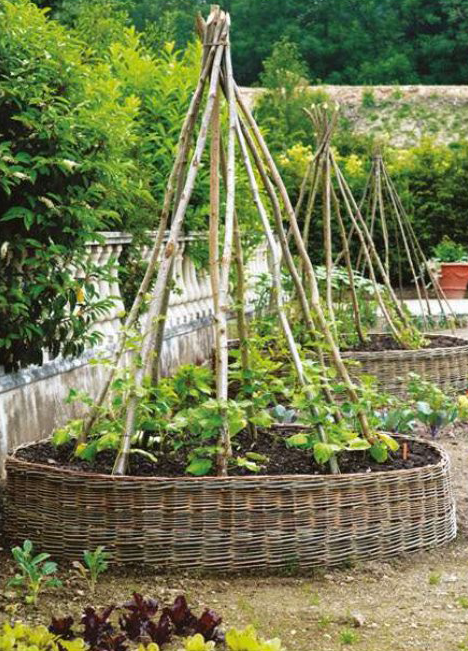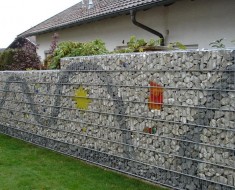With the landscape design of gardens or parks, squares or boulevards, and various types of stalls, for starters, they are broken down into constituent elements. These parts differ from each other to a greater or lesser extent in purpose. To summarize, it can be divided into four groups:
- curtins, lawns and flower beds;
- alleys, paths and sites;
- water devices;
- small architectural forms.
Next we will tell you in more detail about each of the groups. Let’s start the story from the curtain. Curtina is a plot specially landscaped and having any shape and size. She necessarily clearly marked the boundaries of the paths, platforms, ponds or buildings.
Curtins are
- simple,
- complex,
- mixed,
- woody,
- shrubby,
- plain,
- multi-colored,
- openwork
- dense.
Curtina is an element of landscape gardening hailing from English parks.
Watercolor curtain
What is taken into account when planting curtains?
- The shape and size of bushes and trees. The
- nature and color of the crown at different times of the year.
- Pattern of branches and leaves.
- Floral outfit during the flowering period.
- The growth rate of trees and shrubs
- Species of trees and shrubs
- Features of the soil cover
- Character of the sun exposure or shade of the plot
- Degree of humidity of the plot
- Final result
How to impress guests? Curtains planted in open, well-lit glades act indelibly on a person. Plants should choose contrasting in shape, size and color shades. For example, rhododendrons, juniper or cypress, weigel, etc. On a large area, the curtains are enhanced by planting certain picturesque groups of trees and bushes. In this case, the added space changes as people move.
Remember! The appearance of the composition is actively changing both from changing daylight and weather conditions.
Plants for curtains:
- for simple ones, ash maple, ash green, walnut, Turkestan poplar, common pear, silver maple, orange maclore
- for contrast: pine, warty birch, Odessa tamarisk, Turkestan poplar, white and weeping willow, common viburnum
- for complex : pine, oak pyramid, horse chestnut, berberis vulgaris
- for colored poplar white with a silver crown, horse chestnut, silver maple, spruce prickly I blue, evergreen shrub Mahonia, field maple, Tatarian maple, maple Shvedl ra, cotoneaster ordinary, Norway maple
- for shrubs: hawthorn mahrovotsvetnye, Berberis vulgaris, Buddleja David Broom gold, lilac, honeysuckle, mock orange, tamarisk, lilac persian, spirea Van Gutta, dogwood White, forsythia, snowberry, park rose, Juniperus Sabina , elderberry, Canadian irga, maple, cotoneaster brilliant, etc.
Complex curtain is a combination of trees, bushes, flowers, small architectural forms in a single composition. Such arrangements are more common than others. They are organized at administrative buildings, theaters, schools, hospitals. Mandatory in all variants of curtains in landscape design lawn. It serves as a backdrop for them.
To sum up, you need to start creating a curtain with a pen and a piece of paper. Depending on the size of the plot reserved for the curtain, we select trees and shrubs in height using the directory. Next, from this list, select plants for the time of their most decorative appearance. At the same time, we remember when we need this decorative effect. The final step will be to shorten the list to 2-4 trees and 2-4 shrubs. After we “refine” the curtain with flower crops, paths, platforms or a pond. Last – this is the purchase of plants and planting them at the “place of residence”.



